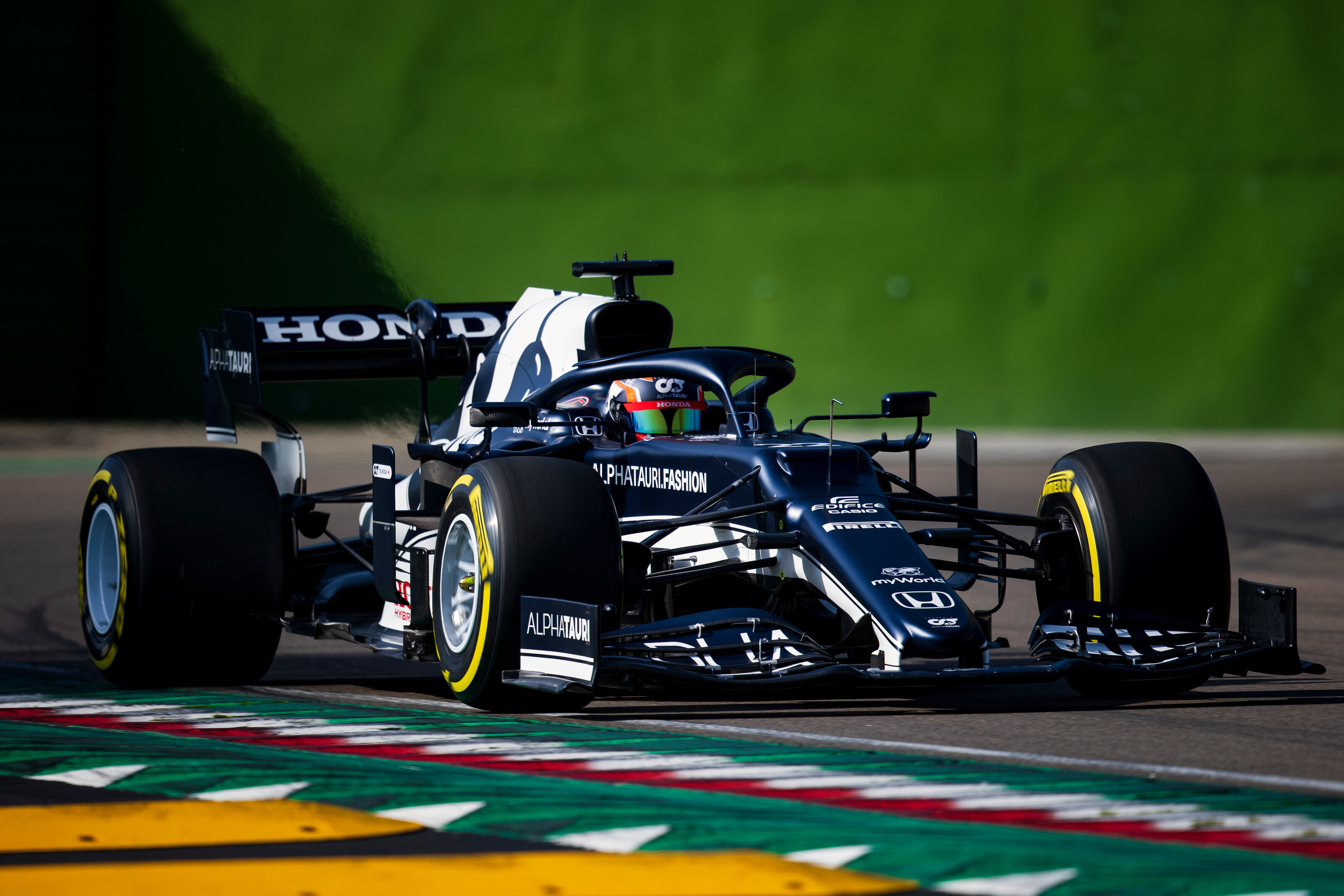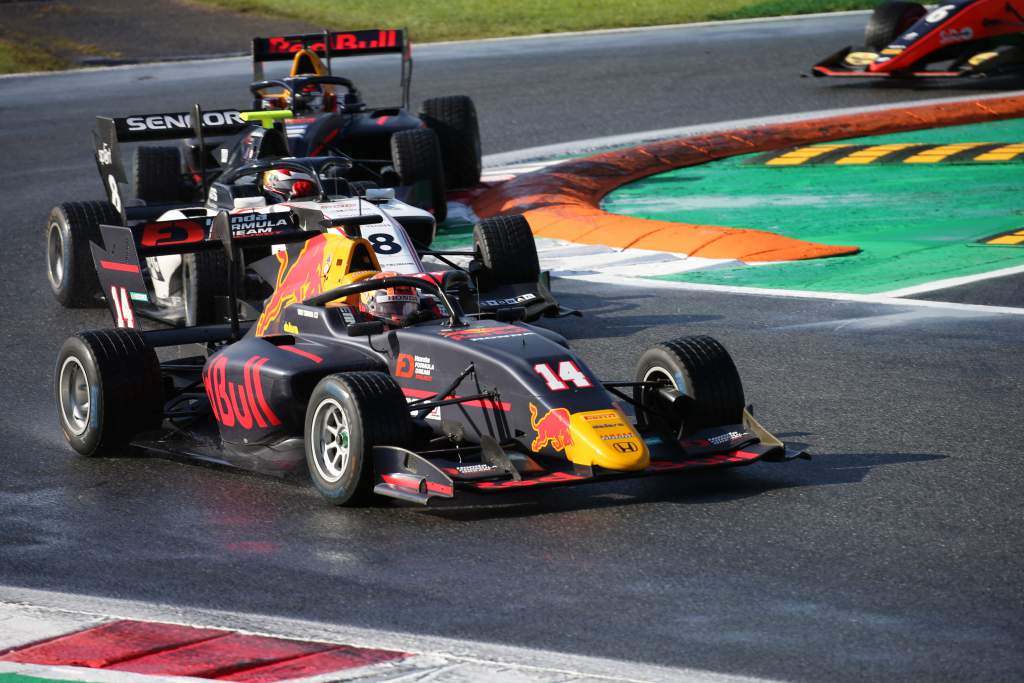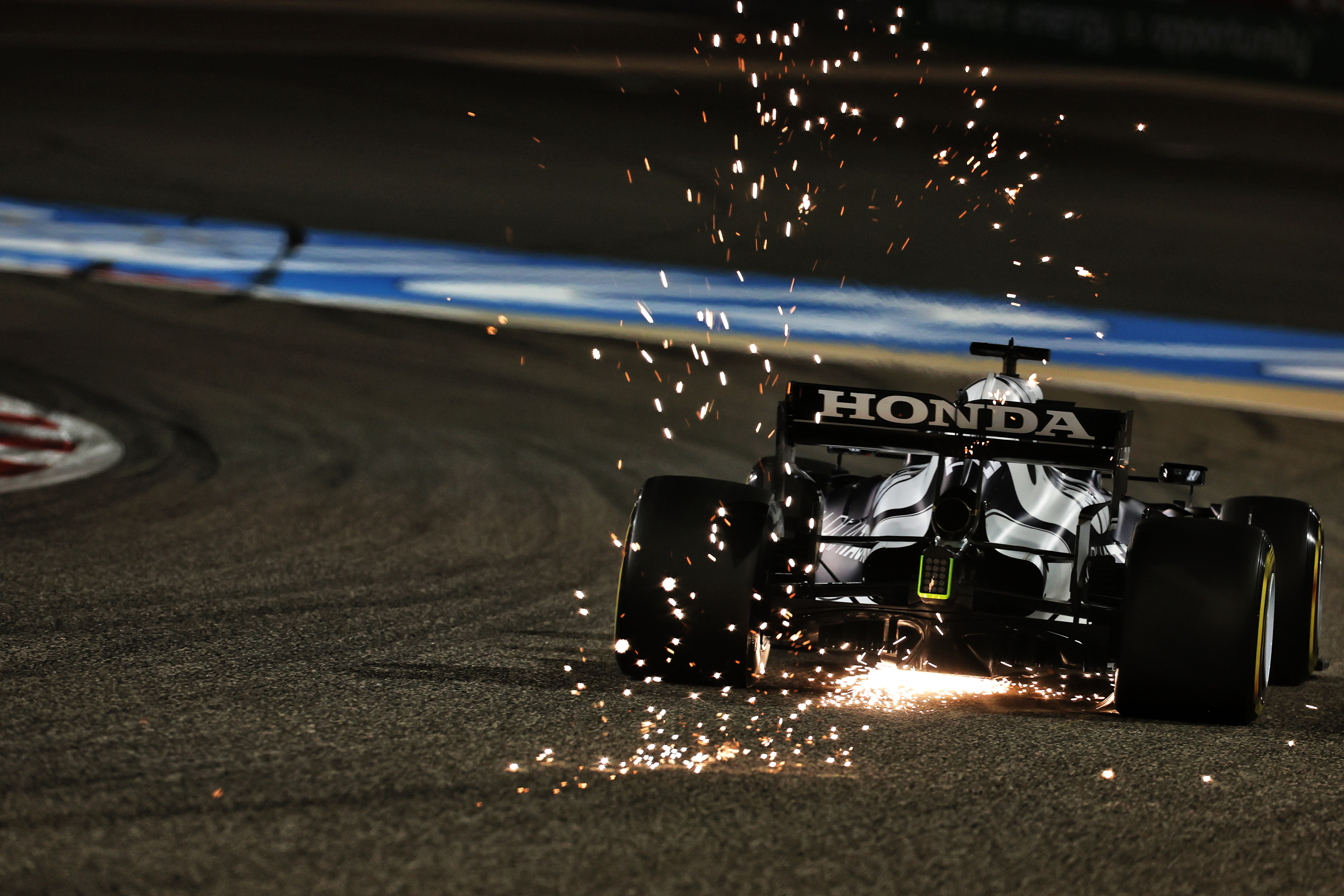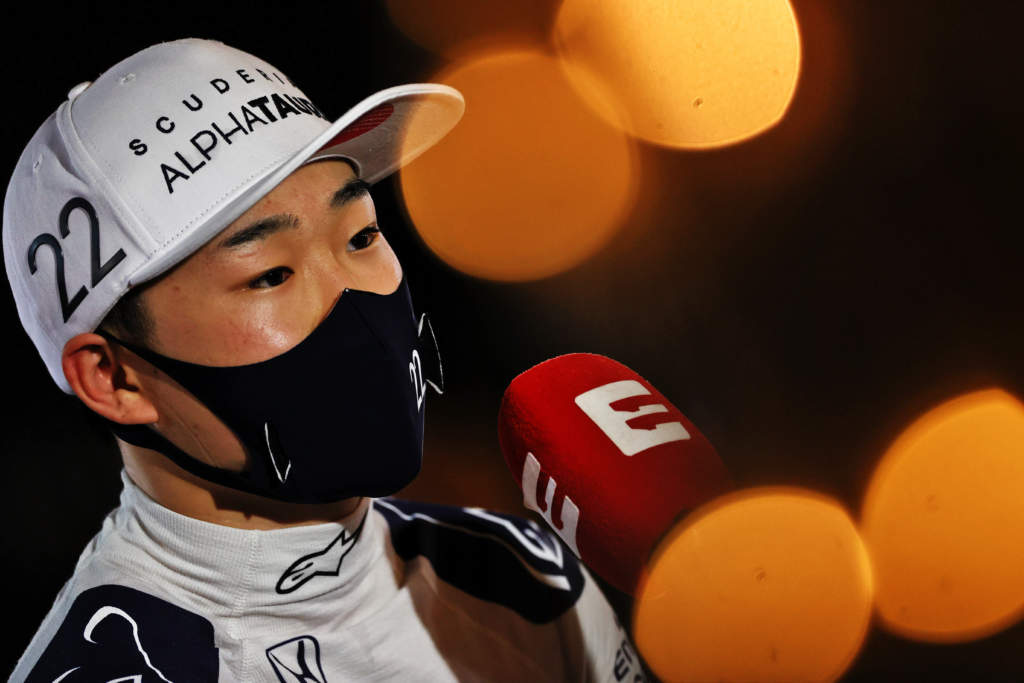Up Next

For many, it came as a huge surprise that Yuki Tsunoda delivered a strong performance to kick off his Formula 1 career in Bahrain. If that was the case for you then you’re in for an even bigger treat at Imola where Tsunoda has tested extensively in preparation for his maiden F1 campaign.
However, those who have watched him in junior formulae won’t have been as surprised by the barking radio messages, stunning car control and the fight-against-the-odds attitude that led to a points finish on debut.
To label Tsunoda as the best rookie in years – as did the likes of F1 chief Ross Brawn and many commentators – is slightly premature, especially when you consider the high F1 rookie watermark set by Charles Leclerc, Lando Norris and George Russell in recent years.
Labelling Tsunoda as the most exciting rookie might be back in the ballpark and more accurate, at least until we get further into the 20-year-old’s debut season.
Bahrain did provide a glimpse into what Tsunoda’s all about and there’s further proof of these exciting attributes looking back at his route to the top tier.
His rise is well-trodden ground now, but, in short – he did two full seasons of Japanese F4 and a year each in FIA F3 and Formula 2 respectively before gaining his F1 seat.
Some may point to the Honda links as to why Tsunoda got his chance, but those within Honda will have known it was pulling out of F1 by the time the youngster was signed to AlphaTauri and besides, unlike all of the Honda juniors that have gone before him, he has been part of Red Bull’s academy simultaneously.
He’s arrived here on merit, and he’s begun to assert his case for an F1 future extremely quickly.
One of the reasons he’s been so up to speed at AlphaTauri is an unusual quirk of the coronavirus restrictions and how that impacted his start at the Faenza-based team.
“We had a lot of time to integrate him into the team,” says team principal Franz Tost.
“COVID has a positive [impact in this case], he was not allowed to go to England because of the COVID thing – therefore he stayed with us, at the end of January and February where we did the tests in Imola and Misano.
“This was a good time where he had many meetings with his engineers, they could instruct him with all the details regarding set-up, the steering wheel, the different mappings and all these kind of judgements he can make from the car.

“I think this helped a lot, to improve this integration process. He is now well integrated in the team, he feels good, people like him, therefore we are in a good position with him.”
Tsunoda should have been back in Milton Keynes doing simulator work at Red Bull with the team’s other juniors, but being ‘stuck’ in Italy opened up a new avenue of acclimatisation.
Giving Tsunoda a sniff of extra preparation is always going to go well. As you can see from his CV he’s thrived under the immense pressure of trying to impress Helmut Marko while usually only getting one chance at a series, and often not being in top or leading teams. He’s had to adapt to having little or no experience at almost every level he’s raced at.
Perhaps this pressure manifests itself in terms of Tsunoda’s shouting on the radio – or actually more likely, it’s just a symptom of his desire to succeed and deliver.
Yuki's already giving it everything 💪 @yukitsunoda07 #BahrainGP 🇧🇭 pic.twitter.com/KxihmdjGMG
— Formula 1 (@F1) March 26, 2021
It became commonplace in F2 last year – whether it was swearing at Nikita Mazepin’s driving at Spa (twice), swearing for a black and orange flag in Austria or swearing at being taken out at Silverstone.
But it was common even in F3, like at Monza when he wanted to be left alone during a rare opportunity to win a race with the Jenzer team.

The other ‘new’ thing on display in Bahrain to people unfamiliar with Tsunoda was his immense car control, which delighted ex-driver Martin Brundle in particular while watching trackside.
Tsunoda looked a bit more polished in F3 and F2, due to needing to look after the tyres even more than in F1 in those series, but watching closely through qualifying and practice sessions in his previous two years in Europe threw up plenty of examples of a massive amount of innate ability.
“I just trusted Fernando’s skills and just launched it like a rookie. I felt a bit sorry about it” :: Yuki Tsunoda
The accelerated transition to Europe was not initially matched – understandably – with strong English and it has been a massive part of his progression.
But hearing him speaking to Paul di Resta and Simon Lazenby in an on-site Sky Sports F1 interview really shows just how far he’s come – a great reflection of Carlin, which worked hard on that with him last year, with its sense of humour creeping in.
The nod to his rapid rise came in that same interview when he reminded people that he was just six when Fernando Alonso won the 2006 Japanese Grand Prix, and overtaking Alonso with a dive-bomb move at Turn 1 during the Bahrain race – albeit with the help of DRS – was a big moment for Tsunoda and undoubtedly his father too.
“I got a bit emotional when I passed Fernando,” said Tsunoda.
“Last time I saw him I think it was 12 years ago when I was seven or eight years old, in Turn 1 I just trusted Fernando’s skills and just launched it like a rookie. I felt a bit sorry about it, coming from quite far away. It was quite emotional. Of course, it’s not the same car, but it was great.
“My father is a Fernando fan, especially his driving style, my father likes how he drives, and I think the first time my dad saw Fernando was in Suzuka and he said at the last corner, the acceleration, he’s the best driver in the grid.
“I of course was aiming for Fernando – and I drove with him for a couple of laps, and I learned from him, how he was managing the tyre, and how he drives every corner.
“After I passed him I just tried to copy how he’s driving and a couple of corners were better for my car as well.
“Hopefully I don’t have to drive with him next time, because I want to be more forward to start. The car situation is different. But the things I learned from him are very big for the future.”

It’s rare to hear a competitor be quite so obvious in pointing out another car’s weakness, but this is one of the things that has made Tsunoda such a joy to watch. He can be brash on the radio, speaks his mind and takes every form of adversity as a personal insult that must be avenged.
He’s yet to be sanitised by the F1 PR ranks and, in that sense, we’re seeing one of the rawest rookies in years. That’s what’s making him so exciting, and his approach to Formula 1 has been no different.
Expect his momentum to continue at Imola, his most familiar track in an F1 car now, and for more expletives (even if he says he’s attempting to reduce them), exciting driving and Tsunoda continuing to be this very endearing person indulging in the opportunity he’s been awarded.





